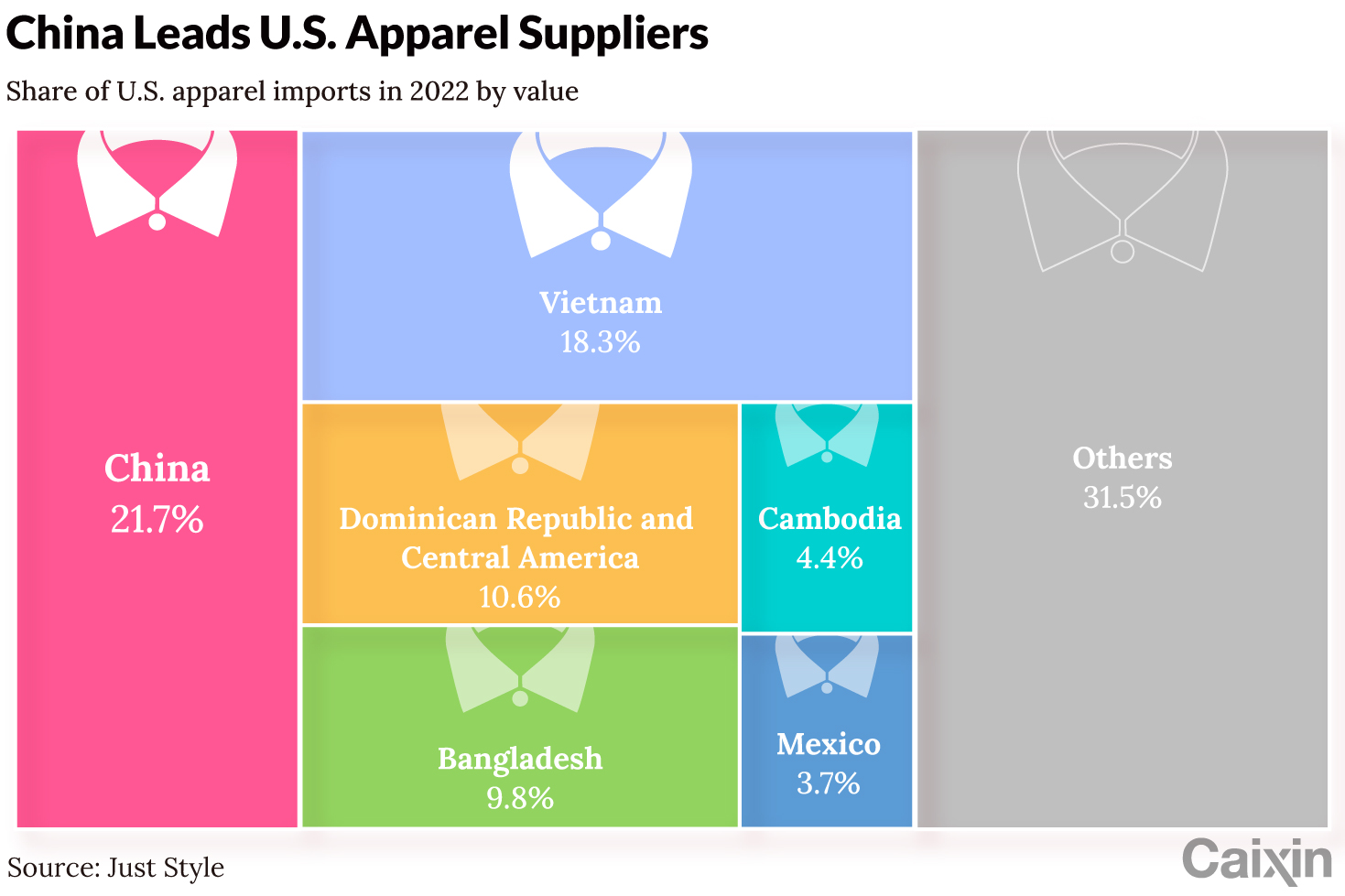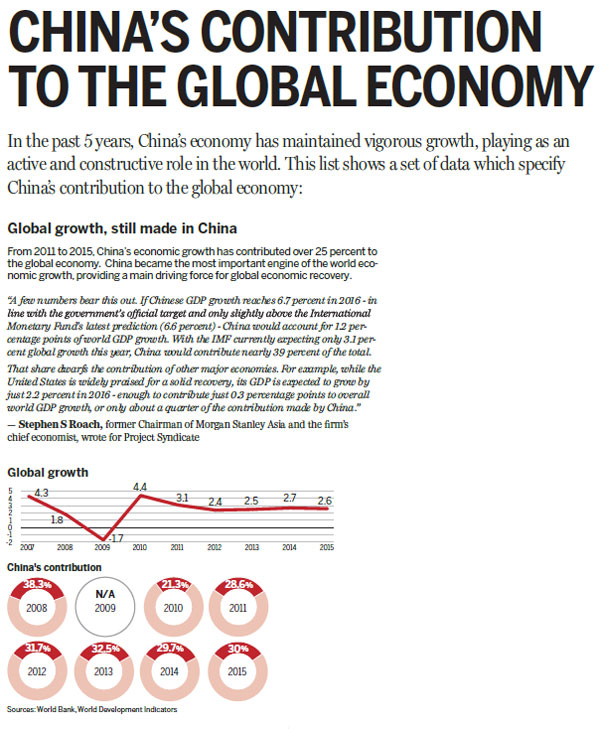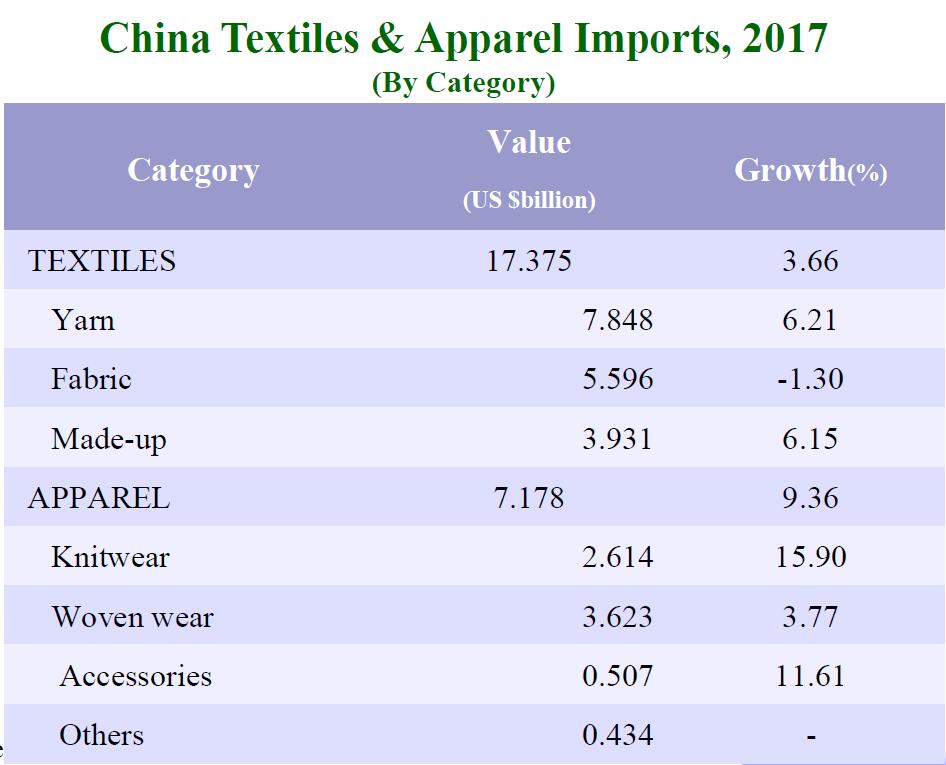Title: Chinas Fashionable Womens Clothing: A Cultural and Economic Analysis
China's fashion industry has been rapidly growing in recent years, with women's clothing being a significant contributor to the market. This trend is not only driven by changing fashion preferences but also by economic factors such as rising disposable income and urbanization. The cultural aspect of Chinese women's clothing is also an important factor in its popularity, with traditional elements being incorporated into modern designs. The Chinese government has been actively promoting the development of the fashion industry as a means of boosting the economy and creating jobs. As a result, there has been a proliferation of new fashion brands and boutiques, both in major cities and rural areas. However, there are also concerns about the environmental impact of fast fashion and the exploitation of workers in the industry. Despite these challenges, the demand for fashionable women's clothing continues to grow in China, driven by younger consumers who value individuality and self-expression. As the country becomes more connected to the global marketplace, there is likely to be further growth and innovation in this exciting field.
China's women's clothing industry has undergone significant changes over the years, transforming from traditional styles to a more modern and international approach. The rise of China as a global economic power has propelled the country's fashion industry, particularly its women's clothing sector. In this article, we will explore the evolution of Chinese women's fashion, the cultural influences that shape it, and the economic factors that drive its growth.

The Evolution of Chinese Women's Fashion
The history of Chinese women's clothing can be traced back thousands of years. Traditional Chinese attire, such as qipao and mandarin collar shirts, were once popular among high-ranking officials and wealthy families. However, during the mid-20th century, Western influence led to the adoption of more Western-style clothing in China. This shift was further accelerated by the opening up of China to the world economy in the late 1970s and 1980s.
In recent decades, Chinese women's fashion has become more diverse and eclectic, reflecting the country's changing social landscape. Designers from both China and abroad have emerged, offering a wide range of styles and designs. From elegant silk dresses to trendy streetwear, Chinese women's fashion is now a reflection of the country's urbane society and growing consumer class.
Cultural Influences on Chinese Women's Fashion
Chinese culture has a profound impact on the country's women's fashion industry. Confucianism emphasizes modesty and simplicity, which are reflected in many Chinese women's fashion designs. Traditional elements, such as embroidery and silk, continue to be incorporated into contemporary wear. Additionally, Chinese women are often inspired by traditional art forms, such as calligraphy and painting, which can be seen in the intricate patterns and textures used in clothing.

Another significant cultural influence on Chinese women's fashion is the concept of yin and yang. This ancient philosophical idea represents the balance between opposing forces, and is often expressed through color and texture combinations in clothing. For example, black and white or bright colors paired with muted tones are believed to bring harmony to an outfit.
Economic Factors Driving Growth in Chinese Women's Fashion
The rise of China as a global economic powerhouse has had a significant impact on the country's women's fashion industry. As wealth has increased among Chinese consumers, there has been a demand for higher-end fashion products. Brands such as Li-Ning, 361°, and Anta have capitalized on this trend by offering premium quality sportswear for men and women.
Moreover, e-commerce platforms such as Tmall and JD.com have made it easier for consumers to purchase fashionable clothes online. These platforms have also provided a platform for emerging designers to showcase their work and gain recognition in the industry. In 2014, Alibaba launched "Singles' Day" shopping festival in China, which has since become one of the largest online retail events in the world, generating millions of dollars in sales each year.
Challenges and Opportunities for Chinese Women's Fashion Industry

Despite its rapid growth, the Chinese women's fashion industry faces several challenges. One major issue is counterfeiting, where cheap knockoffs of famous brands flood the market. To combat this problem, brands are working closely with law enforcement agencies to crack down on counterfeiters and protect their intellectual property rights.
Another challenge is sustainability. As consumers become more aware of the environmental impact of their purchases, there is a growing demand for sustainable fashion products. Many brands are adopting eco-friendly practices such as using organic cotton and reducing waste in production processes.
Looking ahead, there are several opportunities for growth in the Chinese women's fashion industry. With increasing disposable income among consumers and a growing interest in fashion trends from around the world, there is potential for continued expansion in both domestic and international markets. Additionally, advancements in technology, such as virtual reality and artificial intelligence, are likely to revolutionize the way consumers shop for fashion products in the future.
Articles related to the knowledge points of this article:
Title: The Art of Tie Knot origami: Transforming a Necktie into a Work of Art
The Phonetic Spellings of Down Jacket
The rise of the down jacket: a tale of fashion and function
Featherweight pants for men: a lightweight and warm fashion essential
Title: Mastering the Art of mens Tie Knotting: A Comprehensive Guide



